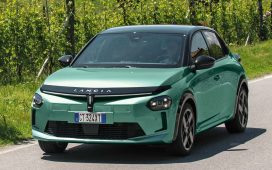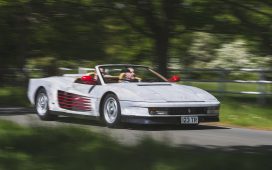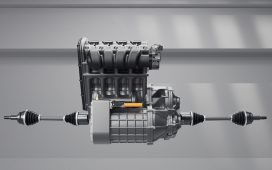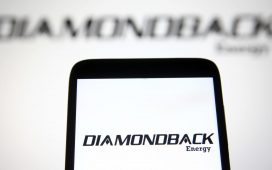In New York City, the future is electric. Last month, Mayor Adams announced the “Green Rides Initiative,” a commitment to make the city’s rideshare fleet entirely zero-emission or wheelchair accessible by 2030.
This is a bold plan which will require full cooperation between the private companies who are investing in building charging stations, and with city and state authorities and utilities who will need to ensure that permits and access agreements are expedited. It’s no secret that New York lags behind most major U.S. cities in charging infrastructure and electric vehicle (EV) adoption. What little charging infrastructure NYC has is concentrated in wealthier communities with higher rates of EV ownership.
Currently, charging stations are incredibly limited in communities of color where rideshare drivers live — places like south Brooklyn, eastern Queens, and the Bronx. In order for existing internal combustion engine (ICE) vehicle owners, Uber drivers or otherwise, to make the switch, drivers will need to see more charging stations in their communities.
However, since the announcement we have already seen key signs that the mayor’s initiative is working to change the status quo.
To start, drivers are showing serious interest. Since the plan was presented, we have seen nearly 600 drivers affiliate an EV on our platform. Because of the TLC’s license cap, almost all of these 600 drivers were spending hundreds of dollars more per week to rent a vehicle from a fleet provider than they would if they financed or owned it. And, because of the TLC’s utilization rule (the time that drivers are carrying a passenger divided by the total time on duty), these drivers aren’t new to the industry.
According to TLC data Uber’s utilization is just below 58% through August. That’s because, following the TLC starting utilization measurements in April, we’ve been required to tightly control new driver access to Uber to make sure there isn’t an excess of drivers on the road.

AP Photo/Ted Shaffrey
A solar-powered electric vehicle charging station is visible in the Brooklyn borough of New York City on Tuesday, May 24, 2022. (AP Photo/Ted Shaffrey)
Leaders in the EV charging space, like Tesla, understand that the hundreds of individuals who are purchasing vehicles because of this initiative need somewhere to charge them, and that the need will only grow over the next several years. We are working together to identify locations where drivers need charging so those can be prioritized.
This is a win for rideshare drivers, future EV owners, and the companies that are trying to build and manage a charging system that must be balanced in order to work. These conversations began with no government subsidy, but as two private partners who understand how quickly things are moving, and how important the next steps are to the future of the city.
When ample charging infrastructure is in place in the outer boroughs, drivers will have less range anxiety, and will be more willing to switch to an EV. This is a flywheel that will encourage more adoption, and more infrastructure, supercharging NYC’s transformation into a cleaner, more environmentally friendly, and all-electric city.
As these steps take place, we must simultaneously be looking ahead to the future.
For Uber, once there is an adequate supply of charging infrastructure outside of Manhattan, we must make sure to properly structure incentives so that current TLC drivers who are operating ICE vehicles, and not just renters, will have incentives to switch to EVs.
We also must continue to grow our Wheelchair Accessible Vehicle (WAV) program. We are encouraged that since April, nearly 1,000 drivers have signed up to drive a WAV on the platform, including 150 WAV signups since last month, but we must ensure our incentive structure is adequate so that drivers continue to register WAVs in the future.
For the TLC, they must remain vigilant when it comes to monitoring the utilization of rideshare companies. Free riders like Lyft, who rely on Uber’s utilization, cannot be allowed to add EVs without controlling utilization. Companies like Revel that don’t have to worry about utilization must be monitored. And it’s important to continue to monitor taxi driver earnings, which are currently higher than ever: Monthly farebox per active driver reached an all time high of $7,619 in May.
Starting now and moving forward it is paramount that there is full collaboration and partnership between all members of the public and private sector, including Con Edison and the Port Authority. Streamlining processes and removing roadblocks to facilitate development is crucial so that charging infrastructure can be built to keep up with demand.
It’s a tall task but we are very excited about the impact we can create here at Uber. Together, with our partners, we’re working to become the cleanest platform on the planet because it’s the right thing to do for drivers, riders and the cities we serve.
Prim is a senior policy manager at Uber based in New York City.











